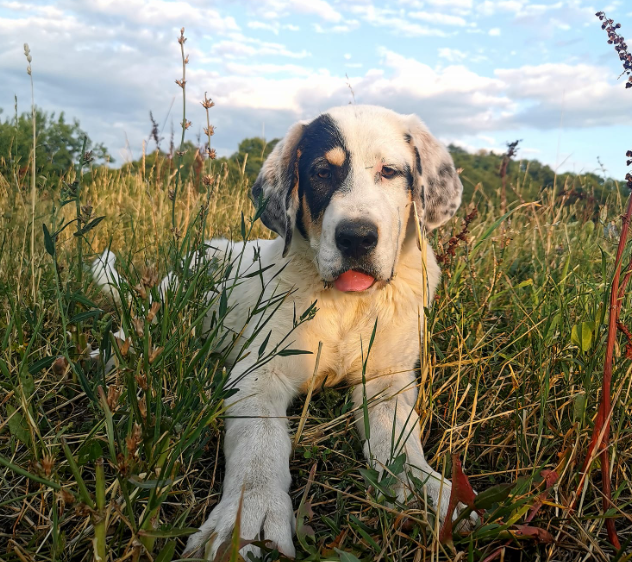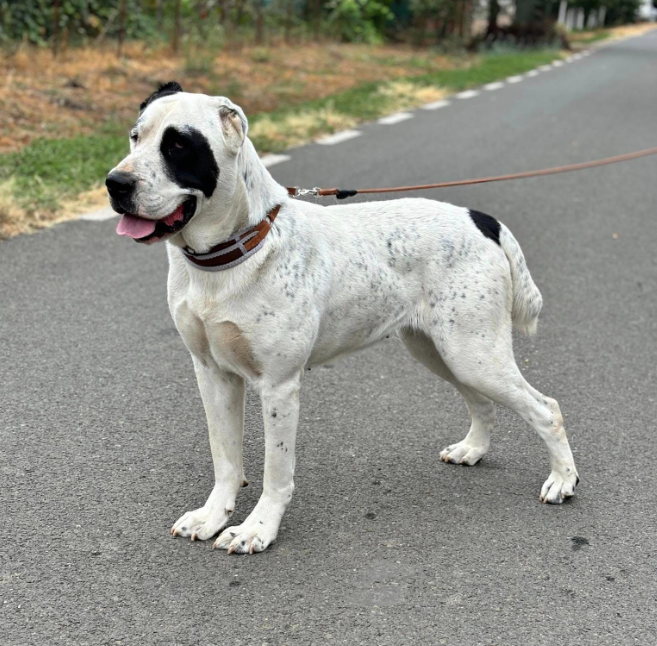The Central Asian Shepherd: A Majestic Guardian of Tradition and Strength
The Central Asian Shepherd, also known as the Alabai, is a breed steeped in centuries of tradition, renowned for its strength, loyalty, and imposing presence. Originating from the vast and diverse landscapes of Central Asia, these powerful dogs have served as guardians, protectors, and companions to nomadic peoples for thousands of years. Their natural instincts and impressive physical traits make them one of the most admired and respected breeds in the world today.
A Heritage of Protection
The Central Asian Shepherd’s history can be traced back over 4,000 years, spanning regions such as Kazakhstan, Turkmenistan, Uzbekistan, and Kyrgyzstan. These areas, known for their harsh climates and rugged terrain, required a breed capable of withstanding extreme weather conditions while defending livestock, property, and families from predators like wolves, bears, and even human intruders.
These dogs were not just pets but essential members of nomadic tribes, bred selectively for their endurance, intelligence, and fierce protective instincts. Their primary role was that of a livestock guardian, and they continue to excel in this role today.
Physical Characteristics
The Central Asian Shepherd is an impressive sight, standing between 24 to 33 inches tall at the shoulder and weighing between 88 to 175 pounds. Their muscular, sturdy build reflects their purpose as working dogs, capable of fending off predators and enduring long hours in the field.
Their broad chest, thick neck, and large, powerful paws contribute to their formidable appearance, while their dense coat, which can range from short to long, provides protection against extreme temperatures. The coat colors can vary, including shades of white, black, brindle, fawn, and gray, often with striking patterns that enhance their majestic look.
One of the breed’s most notable features is its strong, broad head, giving them a commanding and alert expression. Their deep-set, dark eyes convey intelligence and a sense of calm confidence, reflecting their role as both watchful guardians and loyal companions.
Temperament and Personality
Despite their size and strength, Central Asian Shepherds are known for their calm and balanced demeanor. They are not aggressive by nature but possess a deep protective instinct. When they sense a threat, they act decisively, making them excellent guard dogs. However, with proper training and socialization, they are gentle and affectionate with their families.
Central Asian Shepherds are independent thinkers, a trait developed over centuries of working without direct human supervision. This independence can sometimes be mistaken for stubbornness, but it is actually a sign of their intelligence and ability to make decisions in challenging situations.
They are loyal to their owners and can form strong bonds with their families, including children, though their protective instincts mean they must be well-socialized to interact safely with strangers and other animals.
The Role of the Central Asian Shepherd Today
In modern times, the Central Asian Shepherd has maintained its traditional role as a protector of livestock, especially in rural areas where their skills are still highly valued. However, their role has expanded to include family guardians and even therapy dogs, thanks to their calm and composed nature.
They are particularly suited to owners who understand the breed’s working background and can provide them with the mental and physical stimulation they need. Central Asian Shepherds thrive in environments where they have space to roam and a purpose to fulfill, whether that be guarding a property or accompanying their owners on long outdoor adventures.
Caring for the Central Asian Shepherd
Due to their size and strength, owning a Central Asian Shepherd requires responsible care and management. They need regular exercise to keep them physically fit and mentally stimulated. A large, securely fenced yard is ideal for this breed, as they enjoy patrolling their territory and staying active.
Training is essential for these dogs, particularly from a young age. Given their independent nature, early socialization and consistent, firm training will help ensure they grow into well-behaved adults. Positive reinforcement works best with this breed, as they respond well to respectful and thoughtful training methods.
Their thick coat also requires regular grooming, especially during shedding seasons, to prevent matting and keep their skin healthy.
Conclusion
The Central Asian Shepherd is more than just a dog—it is a symbol of strength, resilience, and loyalty, deeply connected to the history and culture of Central Asia. Whether guarding livestock on the open plains or standing watch over a family home, this majestic breed continues to demonstrate the qualities that have made it an enduring favorite for millennia.
For those willing to invest time, training, and care, the Central Asian Shepherd offers unmatched companionship and protection, embodying the traits of a true guardian.


